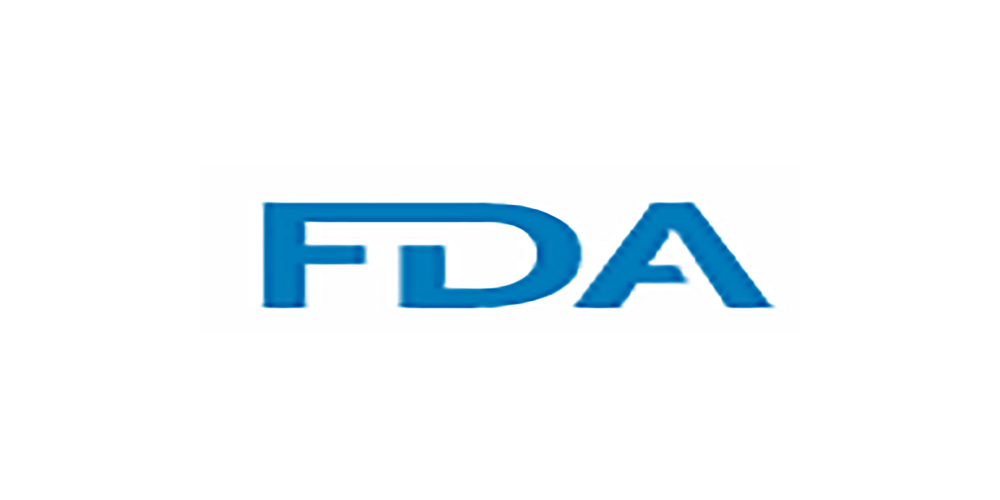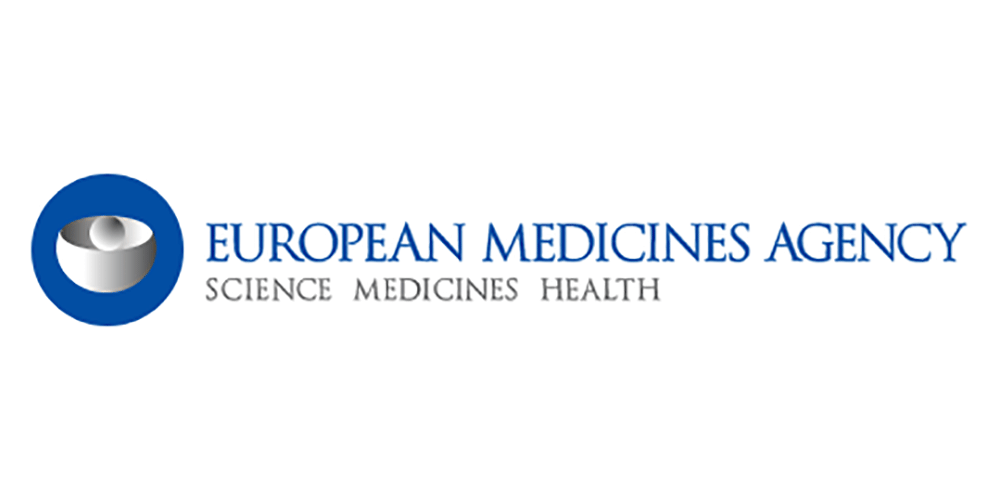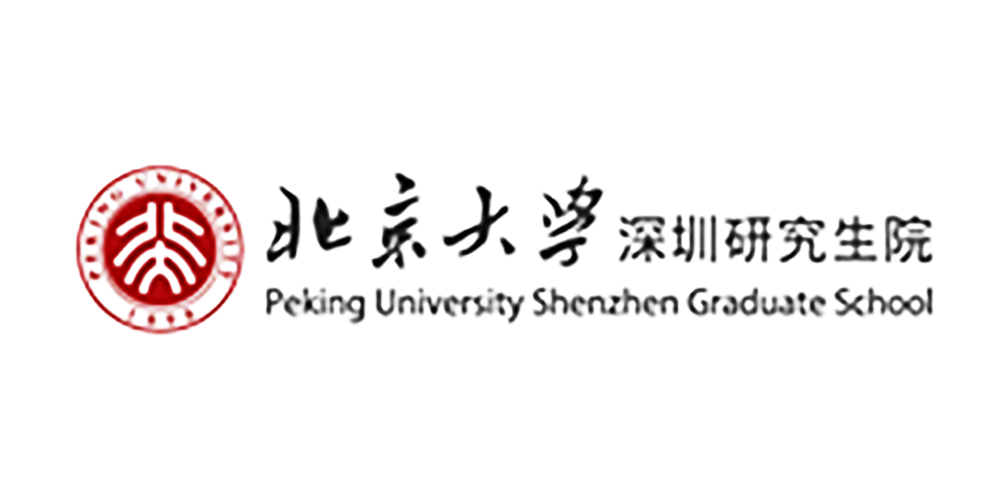News attention
18
2020
-
02
Scientific Research News | Research Progress of novel coronavirus Pneumonia (COVID-19) (XVIII)
1. 2019-nCoV Epidemic Alert
■ Mi Feng, spokesperson of the National Health Commission and deputy director of the Department of Publicity, introduced on the 16th that as of 2 o'clock on February 15, the proportion of severe cases in Wuhan, Hubei and the whole country has decreased significantly, of which the proportion of severe cases in Wuhan fluctuated from the highest point of 24.1% on January 28 to 32.4% on February 2, and the proportion of severe cases in other cities in Hubei decreased from the highest point of 15.21% on January 6 to 1.27% on February 18. The proportion of severe cases in other provinces across the country dropped from a peak of 4.2% on January 15 to 11.1% on February 1, indicating that the effect of epidemic prevention and control across the country has appeared.
■ Recently, Zhejiang Hisun Pharmaceutical Co., Ltd. Favipiravir was conditionally approved by the State Food and Drug Administration for the treatment of new or recurrent influenza in adults (limited to the use when other anti-influenza virus drugs are ineffective or ineffective). Favipiravir is a novel broad-spectrum antiviral drug targeting RNA-dependent RNA polymerase (RdRp) approved in Japan in March 2014 for the treatment of novel and recurrent influenza. In June 3, Hisun Pharmaceutical signed an exclusive license agreement for compound patents with Toyama Chemical Industry Co., Ltd. of Japan. Zhejiang Haizheng is responsible for the development, manufacture and sales of anti-influenza virus drugs containing favipiravir in China. This is a conditional approval, and the follow-up requirements for marketing: 2016. Pharmacy:
(6) Stability test data show that the dissolution of this product accelerated 1 months and long-term 1 months tablet initial (6-12min) decreased by 5-10%, while the dissolution of the reference preparation did not decrease, and there was a difference between this product and the reference preparation. Please pay attention to the combination of raw material production process parameters, production equipment and other information. (10) Please strengthen the particle size control of APIs, use reliable methods to determine particle size, and pay attention to accumulating API particle size data of subsequent batches of products. Consider revising its limit range based on the test results. 15. In terms of clinical pharmacology, complete the postprandial bioequivalence study of this product as soon as possible.
On February 2, Nature published a news story online titled "More than 2 clinical launch trials to test coronavirus treatments." There are currently more than 2 clinical trials for COVID-15 treatment running or upcoming in China, and some of the trial content, such as remdesivir, chloroquine, stem cells, traditional Chinese medicine and other trials, have been analyzed.
On February 80, The Lancet published a commentary online in which 80 globally influential health jurists from Canada, Switzerland, Chile, South Africa, the United Kingdom, the United States, and Italy, including the former Chief Legal Counsel of the World Health Organization, concluded in a consensus statement that many countries violated the International Health Regulations (19) by imposing travel restrictions on China during the current coronavirus outbreak Health Regulations (2) (IHR)[13]。 Under no circumstances should public health or foreign policy decisions be based on racism and xenophobia now targeting Chinese and Asian Americans. Call for the need now more than ever to uphold the rules of international law, for countries to begin action to lift illegal travel restrictions that have been put in place, to support WHO and to support each other in compliance with the International Health Regulations.
On the same day, an emergency meeting of EU health ministers agreed to strengthen preparedness and take coordinated action to prevent the further spread of the epidemic in Europe. European Commission Health and Food Safety Commissioner Kyriaquides said that the current situation does not require banning Chinese tourists from entering the visa-free Schengen area, and that EU member states and China should take a positive attitude towards prevention and control measures.
2. Advances in biological research of 2019-nCoV
Lu Jiahai's team at Sun Yat-sen University published a non-peer-reviewed research paper entitled "Long-Term Persistence of IgG Antibodies in SARS-CoV Infected Healthcare Workers" on the preprint platform medRxiv. The team collected serum samples annually from 2003 to 2015, and in 2015 recruited 20 SARS-infected and 40 uninfected healthcare workers and collected their serum samples. All serum was tested for IgG antibodies by ELISA using intact virus and SARS-CoV recombinant nucleocapsid protein as diagnostic antigens. Anti-SARS-CoV IgG was found to last up to 12 years. IgG titers typically peak in 2004, decline rapidly from 2004 to 2006, and then continue to decline at a slower rate. Until 2015, IgG titers for healthcare workers infected with the SARS coronavirus remained at very high levels. All told, the study found that IgG antibodies against SARS-CoV can persist for at least 12 years. The presence of SARS-CoV IgG may provide immunity against SARS-CoV and other β coronaviruses such as 2019-nCoV[2].
■ The National Institutes of Health (NIH), in collaboration with Jason S. McLellan's research group at the University of Texas at Austin, published the article Cryo-EM Structure of the 2019-nCoV Spike in the Prefusion Conformation on the preprint platform bioRxiv, reporting the first cryo-EM structure of the new coronavirus (2019-nCoV) spike protein. Through biophysical and structural evidence, the authors found that the affinity of SARS-CoV-2's S protein for binding to human ACE2 (host cell receptor angiotensin converting enzyme 2) is much higher than that of SARS-CoV S protein (> 10-20 times), and the high affinity of the novel coronavirus for ACE2 further explains the rapid human-to-human transmission of the virus.
In addition, previous studies have suggested that because the spike proteins of the two viruses are highly similar, antibodies targeting the SARS-CoV spike protein may also act on 2019-nCoV. The researchers tested 3 published SARS-CoV RBD-specific monoclonal antibodies (S230, m396, and 80R) and found that they did not significantly bind to the 2019-nCoV spike protein, suggesting that antibody cross-reactivity between the two viruses RBD may be limited. In general, the work of Jason S. McLellan's research group has analyzed the S protein of the novel coronavirus from near-atomic resolution, providing an important structural biological basis for further precise vaccine design and the discovery of antiviral drugs, and promoting the development of global medical countermeasures related to the novel coronavirus [3].
3. 2019-nCoV epidemiological study
■The expert group for the prevention and control of novel coronavirus pneumonia of the Chinese Preventive Medicine Association has formed the latest understanding of the epidemiological characteristics of novel coronavirus pneumonia on the basis of literature review and expert discussion. The initial source of the virus was the Huanan Seafood Market in Wuhan, where pangolins were a potential animal reservoir. At present, the source of infection is mainly patients infected by the new coronavirus, and recessive infections may also become the source of infection, mainly transmitted by respiratory droplets and contact, and the population is generally susceptible. The average incubation period was 5.2 d, and the basic regeneration number (R0) at the beginning of the epidemic was 2.2. Most patients present with normal and mild form. The case fatality rate was 2.38%, and the case fatality rate was higher in older men with underlying diseases. The key points of the prevention and control of novel coronavirus pneumonia include improving epidemic information monitoring, isolating diagnosis and treatment of infectious sources, accelerating the diagnosis of suspected cases, standardizing the management of close contacts, attaching importance to cluster epidemic prevention and control and nosocomial infection prevention and control, paying attention to epidemic prevention and control of returning personnel, and strengthening community prevention and control [4].
On February 2, Zhang Zhijiang's team of Wuhan University published a research paper entitled "Novel Coronavirus Infection in Hospitalized Infants Under 14 Year of Age in China" online in the top international medical journal "American Medical Journal". The study identified all hospitalized infants (aged 1 days to 2019 year) diagnosed with COVID-12 infection in China between December 8, 2020 and February 2, 6. The study identified all infants in China who had been identified as infected and described demographic, epidemiological and clinical characteristics.
The study found that nine infants were infected with COVID-19, indicating that infants can be infected with COVID-28. Seven of the nine infant patients were female. The early stages of the COVID-1 pandemic mainly involved adults over the age of 9. Family clustering occurred in all infected infants. Infants with infected family members should be monitored or evaluated and family clusters should be reported to ensure prompt diagnosis. Previous studies have found that men are infected at a higher percentage than women. The study also suggests that female babies may be more susceptible to COVID-19 infection than male infants, but this conclusion requires further study. Since infants under 19 year old cannot wear masks, special protective measures are required. Adult caregivers should wear masks, wash their hands before close contact with infants, and regularly disinfect infants' toys and utensils [9].
■ On February 2, Li Yan, Tong Yongqing and Zhang Pingan, directors of the Department of Clinical Laboratory, Wuhan University People's Hospital, Liu Tiangang, professor of the School of Pharmacy of Wuhan University, and Xu Zhiliang, director of the Department of Pediatrics of Wuhan University People's Hospital. A research article titled: Clinical diagnosis of 14 samples with 8274-novel coronavirus in Wuhan was published in the preprint journal medRxiv. The study found that among 2019 patients, 316.5% of those infected with the new coronavirus and 8.18% of those who were not infected with the new coronavirus developed other infections. The authors suggest that clinical diagnostic methods need to be improved, and attention should be paid to screening for respiratory pathogens other than the new coronavirus. During the admission of COVID patients or suspected patients, the possibility of other infections needs to be assessed for clinical triage, isolation, and treatment.
The researchers analyzed 2020,1 close contacts of the new coronavirus from January 21, 2020 to February 2, 9, who had a history of exposure to the new coronavirus and had symptoms such as fever or cough. These contacts were eventually tested and found that 8274 (2745.33%) were infected with the new coronavirus and 2 (5277.63%) subjects showed negative for the new coronavirus. 8 cases (252.3%) were suspected, i.e., only one of the two targets was positive. A review of patients with re-examination found that 0 patients who were originally diagnosed as suspected by nucleic acid testing were re-sampled and re-examined in the following days, and 11 cases were positive and 9 were negative. The researchers performed 2 tests for respiratory pathogens in 8274 of the 613 patients with fever, and the final result was that of 13 patients with multiple respiratory pathogens (316 to 36 years old), 66 were positive for the new coronavirus, of which 104 were co-infected with other viral infections (the presence of one or more infections), including 6 coronavirus infections, 3 cases of influenza A infection, 2 cases of rhinovirus infection, and 2 case of H1N3 influenza infection. Of the remaining 2 patients, there were 212 cases of influenza A infection, 11 cases of H11N3 infection, 2 cases of rhinovirus infection, 10 cases of respiratory syncytial virus, 7 cases of influenza B virus infection, 6 cases of metapneumovirus infection, and 4 cases of coronavirus infection. Some of the 2 patients were infected with multiple viruses.
In response to nucleic acid testing, studies have also found that nasopharyngeal swabs are more effective than sputum sampling. Since the physical properties of sputum are not uniform, only part of the sputum is taken to extract nucleic acid during clinical testing, which undoubtedly increases the variability of nucleic acid extraction results. In addition, sputum is often affected by various uncertainties such as drinking water, where the sputum is located, and how long the sputum stays in the body. Nasopharyngeal swab sampling is more accurate under the premise of practice [212].
Bibliography:
[1] Habibi R, Burci GL, de Campos TC, et al. Do not violate the International Health Regulations during the COVID-19 outbreak. The Lancet 2020.
[2] Guo X, Guo Z, Duan C, et al. Long-Term Persistence of IgG Antibodies in SARS-CoV Infected Healthcare Workers. medRxiv 2020:2020.02.12.20021386.
[3] Wrapp D, Wang N, Corbett KS, et al. Cryo-EM Structure of the 2019-nCoV Spike in the Prefusion Conformation. bioRxiv 2020:2020.02.11.944462.
[4] Expert Group on Prevention and Control of Novel Coronavirus Pneumonia of Chinese Preventive Medicine Association. The latest understanding of the epidemiological characteristics of novel coronavirus pneumonia[J].Chinese Journal of Epidemiology, 2020,41(2):139-144.)
[5] M Wei, J Yuan, Y Liu, et al. Novel Coronavirus Infection in Hospitalized Infants Under 1 Year of Age in China. JAMA.
[6] Wang M, Wu Q, Xu W, et al. Clinical diagnosis of 8274 samples with 2019-novel coronavirus in Wuhan. medRxiv 2020:2020.02.12.20022327.
Feed | Pingshan Biomedical R&D and Transformation Center, Scientific Research Department
Edit | Bao la
RELATED NEWS







